Renewable energy plants are struggling to supply all their output to customers, with one plant in New South Wales wasting half of its output over a full year.
Resolving congestion on the main electricity grid will top the agenda on Friday at the first meeting of federal, state and territory energy ministers in 2023.
The gathering in Newcastle will approve a slew of changes aimed at reducing lost electricity and lowering the risks for clean energy investors, industry sources say. Queensland also plans to push for a separate national green hydrogen strategy.
Australian National University analysis late last year found solar farms were the most affected by the so-called curtailment of supply, double that of wind.
NSW led the states with some 418 gigawatt-hours of electricity lost in the last financial year, with one solar plant near Molong unable to get 47% of its output to the grid while one at Manildra had a 39% loss, the researchers found.
“The 50% curtailment at Molong shocked a lot of people,” said Jack Sorenson, a researcher at ANU’s Battery Storage and Grid Integration Program. “Investment in transmission is definitely lagging [behind] the investment in generation.”
Dylan McConnell, an energy expert at the University of NSW, said curtailment reached a record 6GW in November in the national electricity market (NEM). In South Australia, the average curtailment in December across that state’s solar farms was 20%.
The ministers’ meeting comes just days after the market operator warned of potential supply gaps without urgent action. Industry estimates say more than 6 gigawatts of new renewable energy and storage is needed each year to meet the Albanese government’s 2030 emissions reductions goals, or triple the present level.
Among Friday’s agenda items will be a discussion on how best to relieve congestion on the NEM that serves about 80% of the Australian market. Ministers are expected to abandon years-long work by the Energy Security Board into a pricing model that would have imposed charges based on the location of wind or solar farms.
The Smart Energy Council and individual companies opposed that plan as likely to be “so complex that it will stifle the development of the majority of new projects” and “raise an energy security risk”, particularly if existing operators were suddenly hit with a levy.
Ditching that approach will be “very strongly welcomed”, a senior business official said. “It had no support from industry.”
ANU’s Sorenson said “the fear from industries was mostly just that a lot of the existing generators that are in congested areas could suddenly become financially unviable because their energy would be getting priced differently to everyone else”.
In its place will be several other measures that ministers are expected to approve, including a so-called enhanced information mechanism to give backers of new solar, wind and storage projects a clearer view on access to transmission should they proceed.
“It just allows investors to get a better level of intelligence around what’s going on the grid in terms of congestion conditions, both current and forecast,” the official said. “So that’s really important.”
A third item expected to be agreed will be approval for more work on a congestion relief market. Generators that are curtailed can trade with generators that aren’t.
A final issue to be discussed and possibly approved would set up work to develop priority access in the future. “If you join the grid and you cause curtailments, you have a lesser capacity to dispatch over other projects that arrived in the grid before you,” the business official said of the proposal.
Mick de Brenni, Queensland’s energy minister, declined to comment on the congestion issues but said energy meetings since Chris Bowen became the federal energy minister with the change of government last May had been “more pragmatism and practicality”.
“There is no point in continuing to burrow down rabbit holes if there isn’t going to be a policy that is supported by industry in the best interests of consumers and meet our emissions reduction objectives,” he said. “That has been a refreshing response.”
De Brenni, who is also Queensland’s hydrogen minister, echoed concerns from Fortescue earlier this month that Australia risked being muscled out of the nascent industry by massive spending by the Biden administration that could be “a potential drain on our capital and talent to the US”.
“I’ll be advocating very strongly for a rapid approach to a new national hydrogen strategy for Australia,” he said, noting his state had announced a $1bn plan on Thursday to pipe water to Gladstone in part to support a new hydrogen plant.
“We have so much going for us here in Australia,” he said. “It would be a real pity for us not to reach agreement to put all of the resources of the nation and jurisdictions behind quickly developing” a coordinated hydrogen plan.
Source: The Guardian



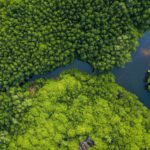

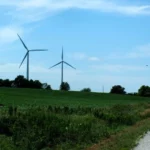


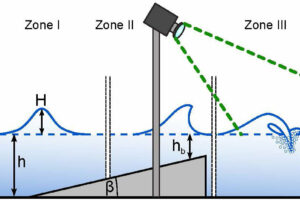
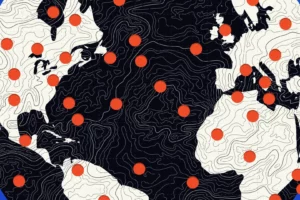
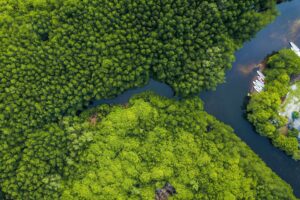
Add Comment